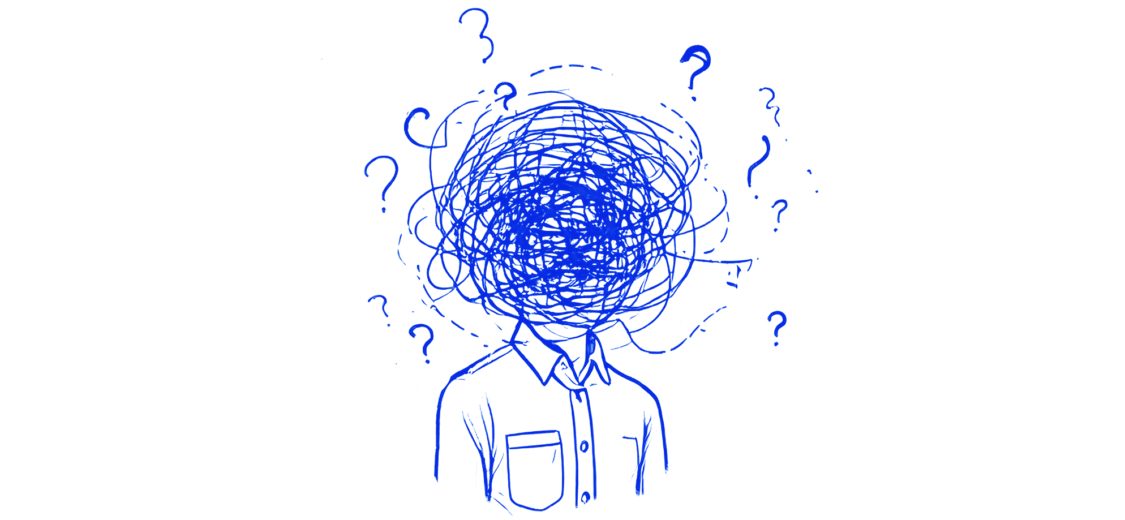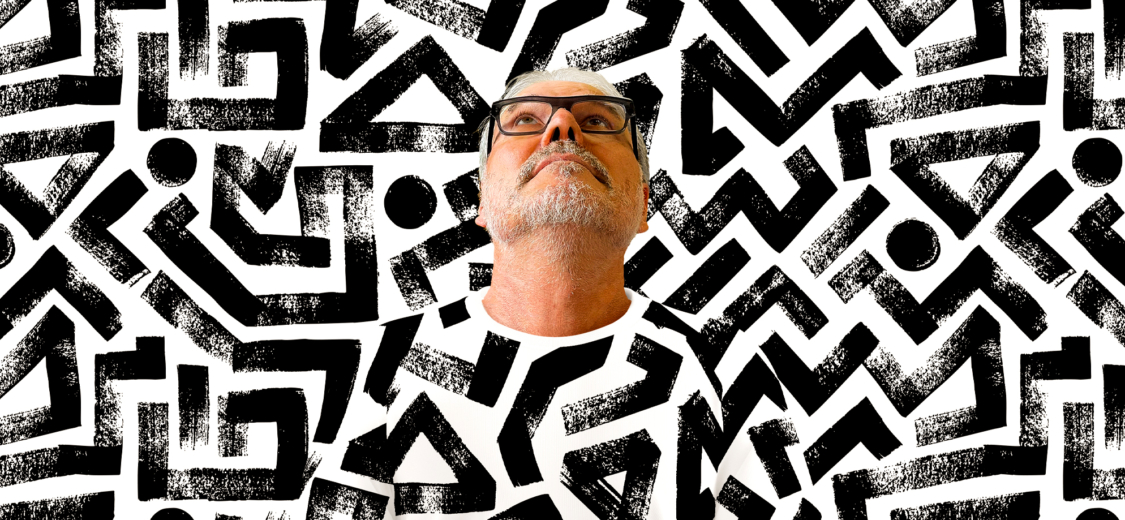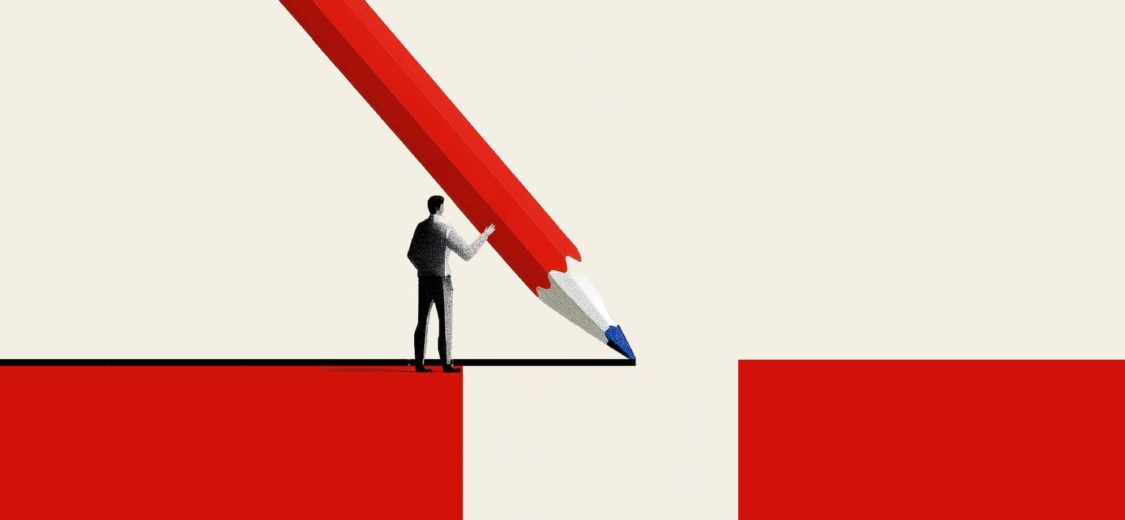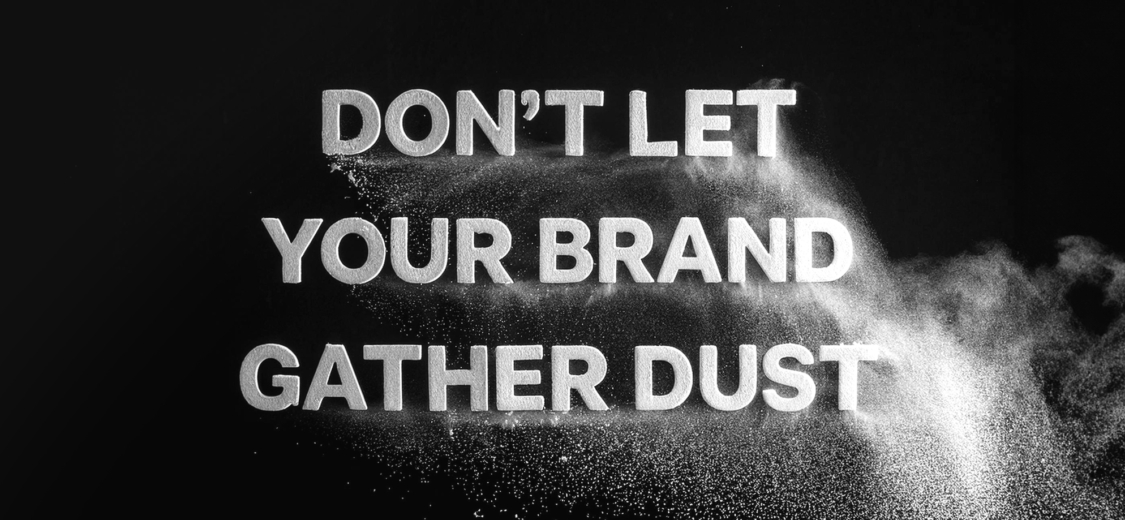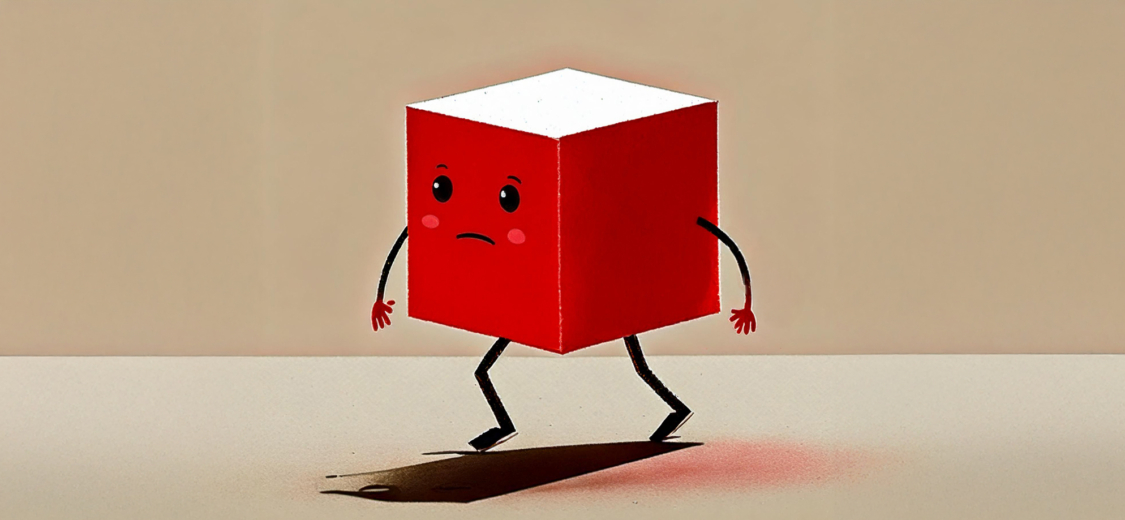
Is foodservice branding the poor cousin of consumer brands?
When it comes to branding, foodservice is too often treated as the neglected cousin—functional, invisible, and unfortunately unloved. Time and time again, we see this critical sector disregarded, its branding an afterthought. Large, utilitarian packaging slapped with uninspired, unconsidered labels. Websites and product brochures that feel like they were slapped together out of necessity, rather than designed to inspire…
When it comes to branding, foodservice is too often treated as the neglected cousin—functional, invisible, and unfortunately unloved. Time and time again, we see this critical sector disregarded, its branding an afterthought. Large, utilitarian packaging slapped with uninspired, unconsidered labels. Websites and product brochures that feel like they were slapped together out of necessity, rather than designed to inspire. Communications that barely tell a story. Why? Because it’s assumed that chefs and bulk buyers don’t care. But that assumption is dead wrong.
Here’s the thing: we are all consumers. Whether you’re buying for a bustling commercial kitchen or your home pantry, every interaction with a brand shapes perception, loyalty, and choice. Arguably, foodservice branding deserves even more attention than consumer brands. Why? Because the decision-makers in foodservice—chefs, caterers, and procurement officers—aren’t just buying for themselves. They’re buying for all of us. Their decisions influence what we eat, what we trust, and what we remember.
“It’s not worth the spend” is the lazy argument
There will always be those who argue that foodservice branding isn’t worth the investment. It’s bulk goods, right? Used quickly, poured into giant pots, hidden in back kitchens or freezers. No one cares about the label or the logo, or even the website or brochure. But here’s the counterpoint: every touchpoint matters. Bulk doesn’t mean invisible.
Those products are seen by chefs, kitchen staff, purchasing teams, and even the delivery teams handling the goods. Websites are visited by decision-makers comparing suppliers, and brochures or digital materials land on desks during procurement reviews. Every single one of these touchpoints either builds or erodes trust in the brand. A neglected brand screams indifference—and indifference is the quickest path to irrelevance.
The fact is, when foodservice branding is weak, it signals to buyers that the product behind it is no different from any other. And if a product is just a commodity, then why not swap it out for something cheaper? Why stay loyal? Why care? When you neglect your brand, you give your customers every reason to look elsewhere.
Foodservice deserves the same love as FMCG
We pour millions into consumer brands—sleek labels, glossy campaigns, emotional storytelling—because we know consumers respond to brands that feel alive. Foodservice deserves the same energy. These are products used by professionals who shape the foods, the meals and memories of millions. They deserve brands that inspire trust, confidence, and pride. They deserve websites and brochures that tell a compelling story, and labels that communicate quality and care—not indifference.
Let’s not kid ourselves—foodservice buyers are savvy. They understand value, they see through the spin, and they’re drawn to brands that speak their language. That doesn’t mean gold foil and flashy gimmicks. It means smart, thoughtful branding that reinforces the product’s quality, reliability, and purpose.
Branding is not optional
Foodservice brands need to stop thinking of themselves as mere commodities. A great brand isn’t just a name or a label; it’s a promise, a story, and a competitive edge. It’s the difference between being chosen and being replaced. Yes, pricing matters. Yes, bulk buyers look at the bottom line. But don’t underestimate the power of perception. A strong brand can tip the scales when price and quality are equal.
Websites, communications, brochures, outer cartons even your livery on your trucks are critical in telling your story and sharing what sets you apart. If these aren’t considered, you’re giving up a vital opportunity to stand out and build loyalty. Your brand isn’t just seen; it’s experienced across touchpoints, from the label on the product to the information on your website.
Don’t take foodservice loyalty for granted
Here’s the brutal truth: loyalty in foodservice is fragile. One slip—a cheaper alternative, a more compelling story, or a packaging redesign from a competitor—and your brand can be left on the shelf. Don’t take your place in the kitchen for granted. Just because your product is being used doesn’t mean it’s loved. And if it’s not loved, it can be replaced.
The call to action
We need to start treating foodservice branding with the respect it deserves. Chefs, caterers, and bulk buyers are not faceless, emotionless automatons. They are professionals who take pride in their craft, and they want to work with brands that do the same. Give them something they can trust, something they can believe in, and something they can stand behind.
Your story matters. Whether it’s told through a product brochure, a website, or the simple touch of a label, it needs to be considered, cohesive, and compelling. Because at the end of the day, foodservice isn’t the poor cousin of consumer brands—it’s the backbone. And a strong backbone deserves nothing less than a strong brand.
